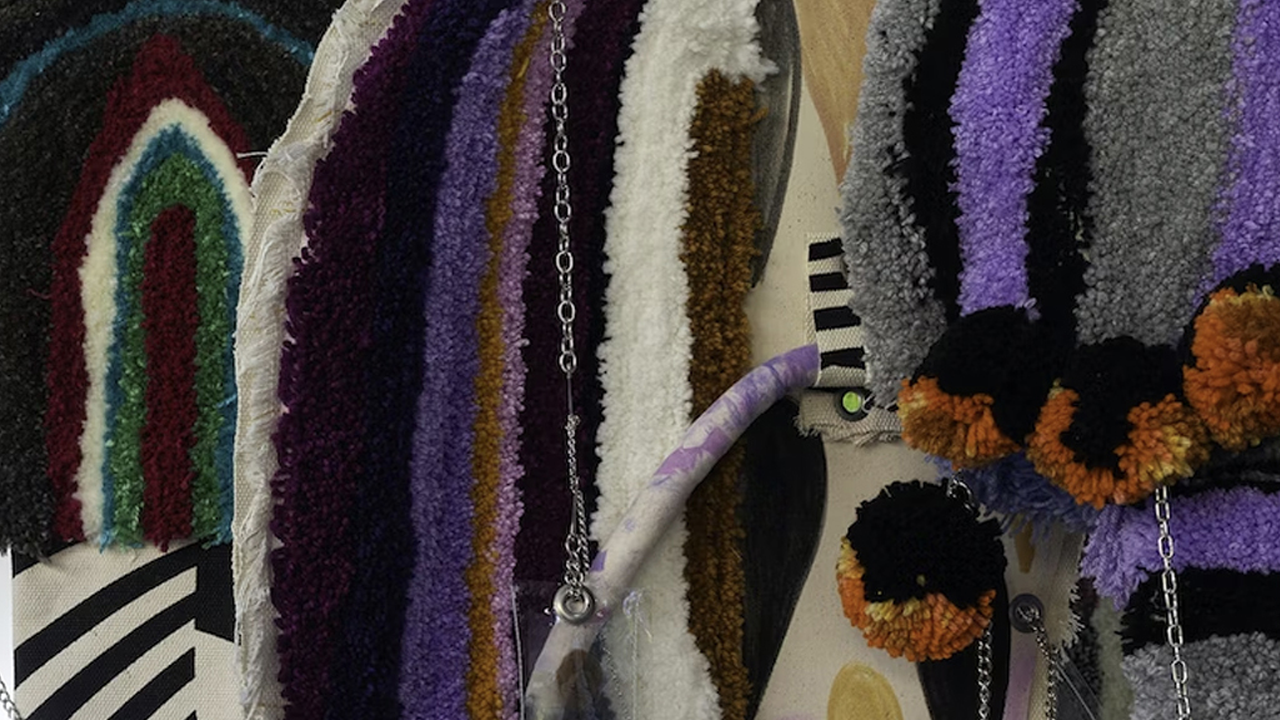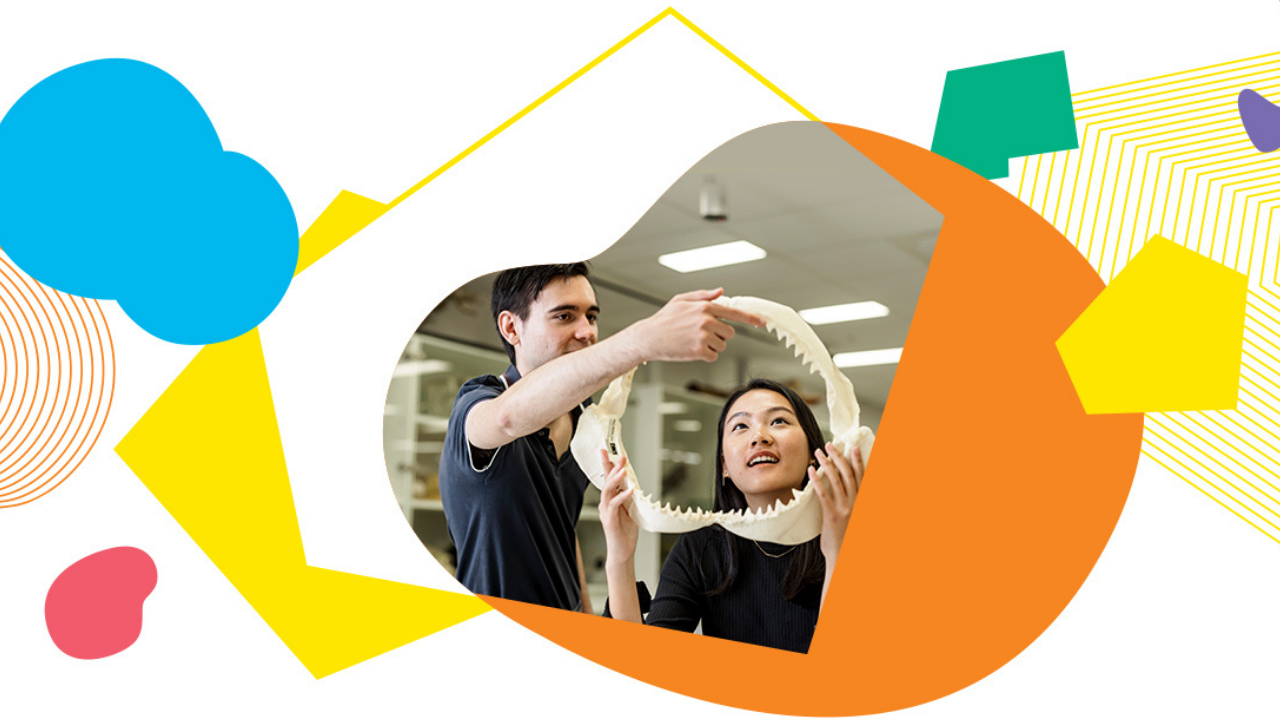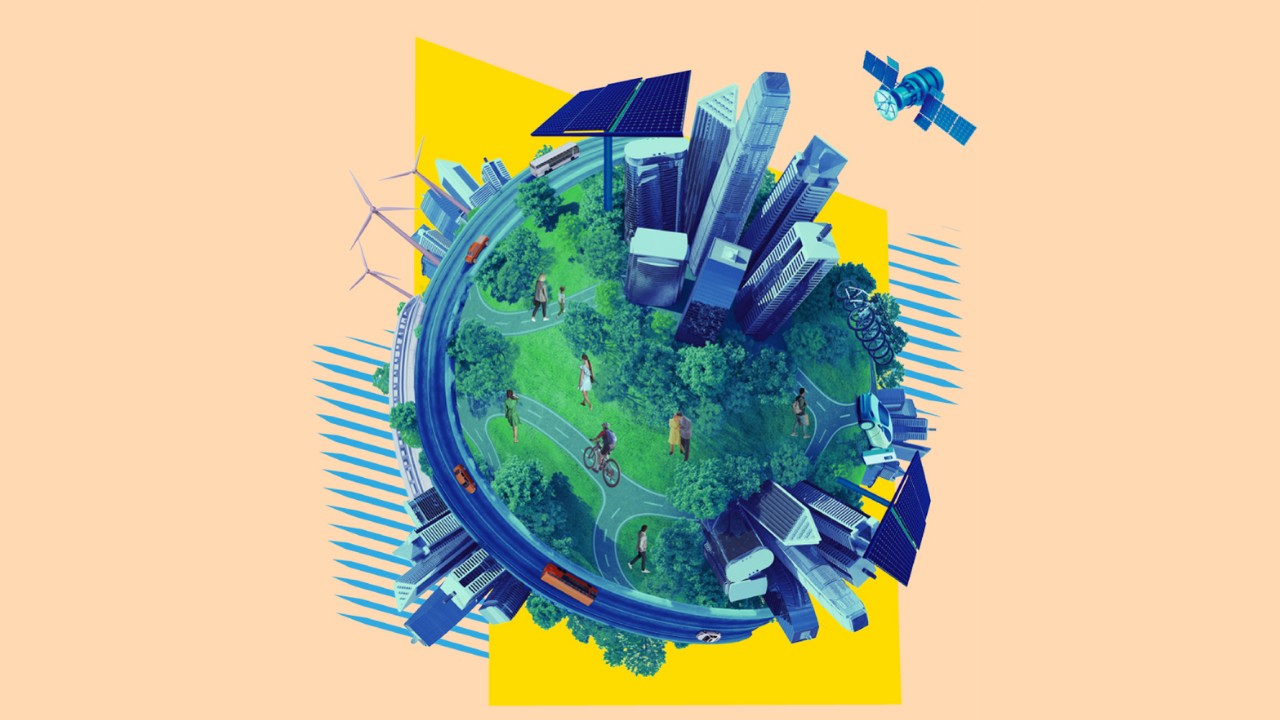Bianca Hester: Lithic Bodies

Bianca Hester’s practice investigates the material and geologic conditions of contested sites across the continent. Her situated mode of working responds to the temporal, social, and environmental intersections of location, acknowledges the continuities of sovereignty, and reckons with the ongoing colonial legacies of extraction. Her expansive multidisciplinary approach spans sculpture, walking, text, and video.
‘Lithic Bodies’ is a long-term project developed in the Illawarra coastal region, where Hester has lived since 2018. This exhibition of new work explores environmental entanglements surrounding the Permian‑Triassic ‘extinction line’ present across the Sydney Basin and visible at the base of the Illawarra Escarpment. Here, the greatest mass extinction—when the Australian continent was part of Gondwana around 252 million years ago—is visibly registered. The line bears witness to climate change in deep time and resonates with the current environmental crisis. It acts as a conceptual and material loop between the carbon cycles of the deep past, where fossilised solar energy carries forward into the present, irrevocably shaping future Earth systems.
‘Lithic Bodies’ assembles processes, materials, and narratives generated in response to the extinction line and its associated material conditions and temporalities. This exploration ranges from the intimate scale of fossilised leaves to filmic depictions of the sandstone escarpment and its ecologies. The installation features sculpture, image, and video made in relation to the terrains of the Illawarra, as well as from geologic artefacts held in the palaeobotanical archives of the Australian Museum. The exhibition is accompanied by interdisciplinary place-based walks and a public program held at the Clifton School of Art, Clifton.
In ‘Lithic Bodies’, Hester explores ways to attune to the geologic conditions of life and our indebtedness to the non-human. She contends with the instability of thought and material at the close of the Holocene, and its personal, collective and planetary implications.
—
Curated by Bronwyn Bailey-Charteris
Parallel project presented at Clifton School of Arts, 12 October 27 October 2024. For details and bookings, please visit this link.
Bianca Hester wishes to acknowledge collaboration, guidance, and contributions from the following people over the duration of this project:
Project and public programs curator: Dr Bronwyn Bailey-Charteris (independent curator, writer, lecturer UNSW Sydney)
Cultural consultation and mentoring: Peter Hewitt (Jerrinja Yuin educator and artist, Lecturer in Aboriginal Education, University of Wollongong); Cultural consultation: Uncle Peter Button (Sandon Point Aboriginal Place Joint Agreement Partnership), Nicole Monks (independent artist and designer, Professor of Practice, UNSW Art & Design)
Public programs collaborators: Matt Poll (Manager of Indigenous Programs, Australian National Maritime Museum), Tyson Antonio Frigo (Curator Indigenous Programs, Australian National Maritime Museum), Nicole Smead (multidisciplinary artist, Red Room Poetry), Leon Fuller (author of Wollongong’s Native Trees), Emma Rooksby (Chair, Illawarra Land Care), Dr Leah Gibbs (School of Geography and Sustainable Communities, University of Wollongong), Dr Brian Jones (University Fellow, School of Earth, Atmospheric and Life Sciences at the University of Wollongong)
Exhibition design: Ying-Lan Dann (Sertori Lau Architecture); Video production and editing: Sammy Hawker (independent artist); Sound design: Aaron Hull (independent sound artist, University of Wollongong); Screen printing: Trent Walter (Negative Press, Melbourne); Graphic design: Paul Mylecharane (Public Office)
Technical and fieldwork support: Ian Hibble (independent producer); Research assistance and fieldwork support: Izak Schoon (independent ecologist); Fieldwork support: Dr Brogan Bunt (School of the Arts, English, and Media, University of Wollongong), Dr Lizzie Muller (School of Art & Design, UNSW); Lana Nguyen (independent producer, Co-Instigator of A Climate for Art)
Geologic consultation: Dr Solomon Buckman (School of Earth, Atmospheric, and Life Sciences, University of Wollongong), Dr Brian Jones (School of Earth, Atmospheric, and Life Sciences, University of Wollongong), Dr Megan Williams (School of Earth, Atmospheric, and Life Sciences, University of Wollongong), Dr Tara Djocik (Scientific Officer, Palaeontology, Geosciences and Archaeology, Australian Museum); Geologic consultation and scientific photography: Dr Patrick Smith (Technical Officer, Australian Museum); Access to the palaeobotanical collection, Australian Museum: Dr Matthew McCurry (NSW Senior Research Scientist and Scientific Officer, Curator, Palaeontology, Australian Museum); Research assistance: Dr Graham McLean (Research Associate, Palaeontology, Australian Museum); Access and permission to reproduce light micrographs: Professor Vivi Vajda (Head of Palaeobiology, Swedish Museum of Natural History)
This project has been assisted by the Australian Government through Creative Australia, its principal arts investment and advisory body, and the NSW Government through Create NSW. Public programs held at the Clifton School of Arts are supported by the City of Wollongong.

Banner Image: Bianca Hester, Extinction Line (video still), 2024. Courtesy of the artist and Sarah Scout Presents, Naarm/Melbourne. Photo: Samantha Hawker.



